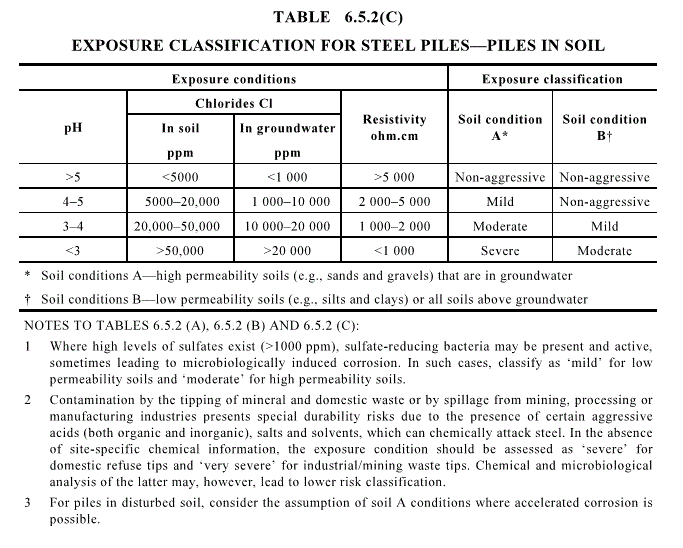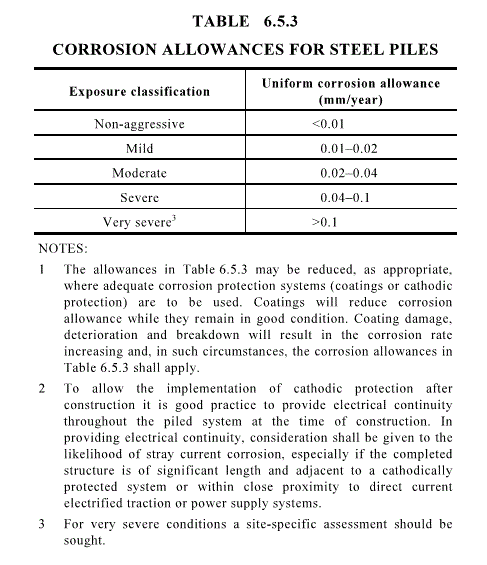fattdad
Geotechnical
- Sep 7, 2006
- 2,790
different soils, different position of the water table, different codes (IBC, AASHTO, etc.). What are the critical soil properties to document the extent to which buried steel will corrode? I know that folks claim 1/4 in! Sure, but. . .
Is it just pH and conductivity? I'm okay getting those values for soil. Am I missing anything?
Kind regards,
f-d
ípapß gordo ainÆt no madre flaca!
Is it just pH and conductivity? I'm okay getting those values for soil. Am I missing anything?
Kind regards,
f-d
ípapß gordo ainÆt no madre flaca!


![[idea] [idea] [idea]](/data/assets/smilies/idea.gif)


